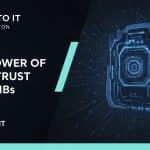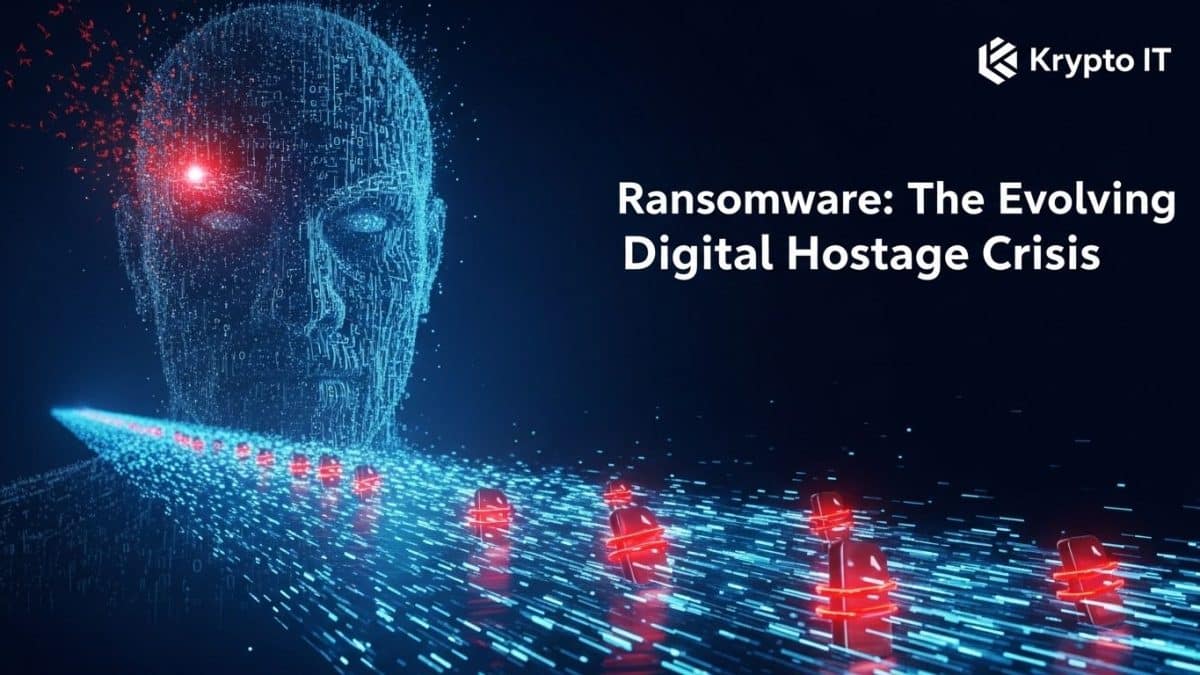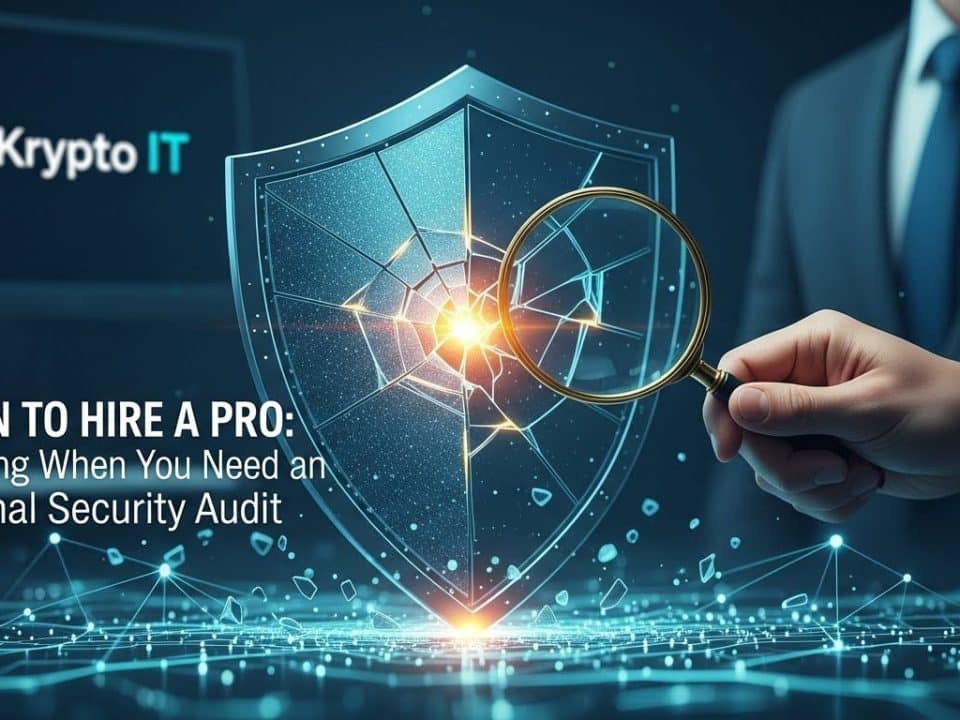
Trust No One: The Power of Zero Trust for SMBs
May 31, 2025
Beyond Viruses: Understanding Malware & APTs
June 3, 2025Understanding Why This Persistent Threat Keeps Morphing and Targeting Your Business
For years, cybersecurity professionals have been fighting a relentless battle against ransomware. Just when it seems a new defense emerges, the attackers adapt, refine their tactics, and reappear with even more insidious methods. For Small and Medium-sized Businesses (SMBs) in Houston, understanding the persistent nature and constant evolution of ransomware isn’t just academic; it’s absolutely crucial for survival in today’s digital landscape.
This isn’t just about encrypting your files anymore. Ransomware has evolved into a multi-layered extortion scheme, posing an ever-increasing threat to your data, your operations, and your reputation.
The Relentless Persistence of Ransomware
Why does ransomware persist despite global efforts to combat it? Several factors contribute to its staying power:
- Profitability: Simply put, it works. The potential for high financial gain, often through untraceable cryptocurrency payments, continues to fuel this criminal enterprise. Even if only a fraction of victims pay, the aggregated sums are enormous.
- Ease of Entry and Scalability: Ransomware-as-a-Service (RaaS) models have lowered the barrier to entry for aspiring cybercriminals. This “franchise” model allows less technically skilled individuals to deploy sophisticated attacks, sharing a percentage of the profits with the developers. This makes it highly scalable and widely accessible.
- Global Reach and Anonymity: The internet provides a global platform for attackers to operate from virtually anywhere, targeting victims across borders. The anonymity offered by cryptocurrencies and privacy-focused networks makes tracking and prosecuting these criminals incredibly challenging.
- Human Factor Exploitation: No matter how advanced technical defenses become, humans remain the weakest link. Phishing, social engineering, and weak passwords are consistently exploited to gain initial access, demonstrating that vigilance and training are as important as technology.
- Targeting of Vulnerabilities: Attackers relentlessly scan for unpatched software, misconfigured systems, and weak remote access points. SMBs, often with limited IT resources, can inadvertently leave critical vulnerabilities exposed.
The Evolution of Ransomware: From Annoyance to Extortion Empire
Ransomware began relatively simply, locking files and demanding a key. However, its evolution has been rapid and terrifying, shifting from a nuisance to a sophisticated, multi-faceted extortion threat:
- Early Days (2000s – early 2010s): Simple Encryption: Initial variants were often less sophisticated, encrypting files and demanding a payment for the decryption key. They were often spread via email attachments, but the scope was generally limited.
- The Rise of CryptoLocker (2013-2014): Sophistication and Wide Scale: CryptoLocker marked a significant turning point. It used strong, asymmetric encryption, making decryption without the key virtually impossible. It was distributed via botnets and phishing campaigns, hitting a massive number of victims and establishing the viability of ransomware as a highly profitable venture.
- WannaCry and NotPetya (2017): Worm-like Propagation and Global Impact: These attacks demonstrated ransomware’s ability to self-propagate across networks using exploits like EternalBlue, which targeted vulnerabilities in Windows. The speed and scale of these attacks crippled critical infrastructure and businesses worldwide, highlighting the devastating potential of ransomware beyond individual systems. This also ushered in the era of “ransomware gangs” operating with significant resources.
- Double Extortion (Late 2019 – Present): Data Exfiltration: This is perhaps the most significant evolution. Attackers realized that simply encrypting data wasn’t always enough to guarantee payment, especially if victims had good backups. They added a second layer of extortion:
- Phase 1: Data Encryption: Encrypting your data and demanding a ransom for the decryption key.
- Phase 2: Data Exfiltration & Leakage: Before encryption, attackers steal a copy of your sensitive data. They then threaten to publish this data on leak sites, sell it on the dark web, or directly expose it to your customers or competitors if the ransom is not paid. This applies immense pressure, as even with backups, the threat of data exposure remains.
- Triple Extortion (Present): DDoS and Third-Party Pressure: Ransomware gangs are adding a third layer of pressure. Beyond encrypting and exfiltrating data, they might:
- Launch Distributed Denial of Service (DDoS) attacks against the victim’s website or services, further disrupting operations and increasing financial losses.
- Directly contact customers, partners, or the media to shame the victim into paying, leveraging reputational damage.
- Threaten to report the breach to regulatory bodies, increasing the risk of fines.
- Targeting Specific Industries & Supply Chains (Present): Attackers are increasingly focusing on specific industries (e.g., healthcare, manufacturing, education) or exploiting vulnerabilities in a company’s supply chain to compromise multiple organizations simultaneously. This “big game hunting” often targets organizations that are more likely to pay large ransoms due to critical operations or sensitive data.
What Does This Mean for Your Houston SMB?
This evolution means that strong backups, while still essential, are no longer a complete defense against ransomware. You need a multi-layered, proactive cybersecurity strategy that includes:
- Robust Endpoint Detection and Response (EDR): To identify and neutralize threats on individual devices before they can encrypt or exfiltrate.
- Network Segmentation: To limit lateral movement if an attacker does get in.
- Strong Identity and Access Management (IAM) & Multi-Factor Authentication (MFA): To prevent unauthorized access to accounts.
- Regular Security Awareness Training: To educate employees about phishing, social engineering, and other common attack vectors.
- Incident Response Planning: Knowing what to do before an attack happens is crucial for minimizing damage.
- Data Loss Prevention (DLP) solutions: To help prevent sensitive data from leaving your network.
At Krypto IT, we understand the unique challenges SMBs in Houston face against this ever-evolving threat. We specialize in building comprehensive cybersecurity defenses that address the full spectrum of modern ransomware tactics. Don’t let your business become the next headline.
Contact us today to schedule a free consultation and fortify your defenses against the persistent and evolving threat of ransomware.




